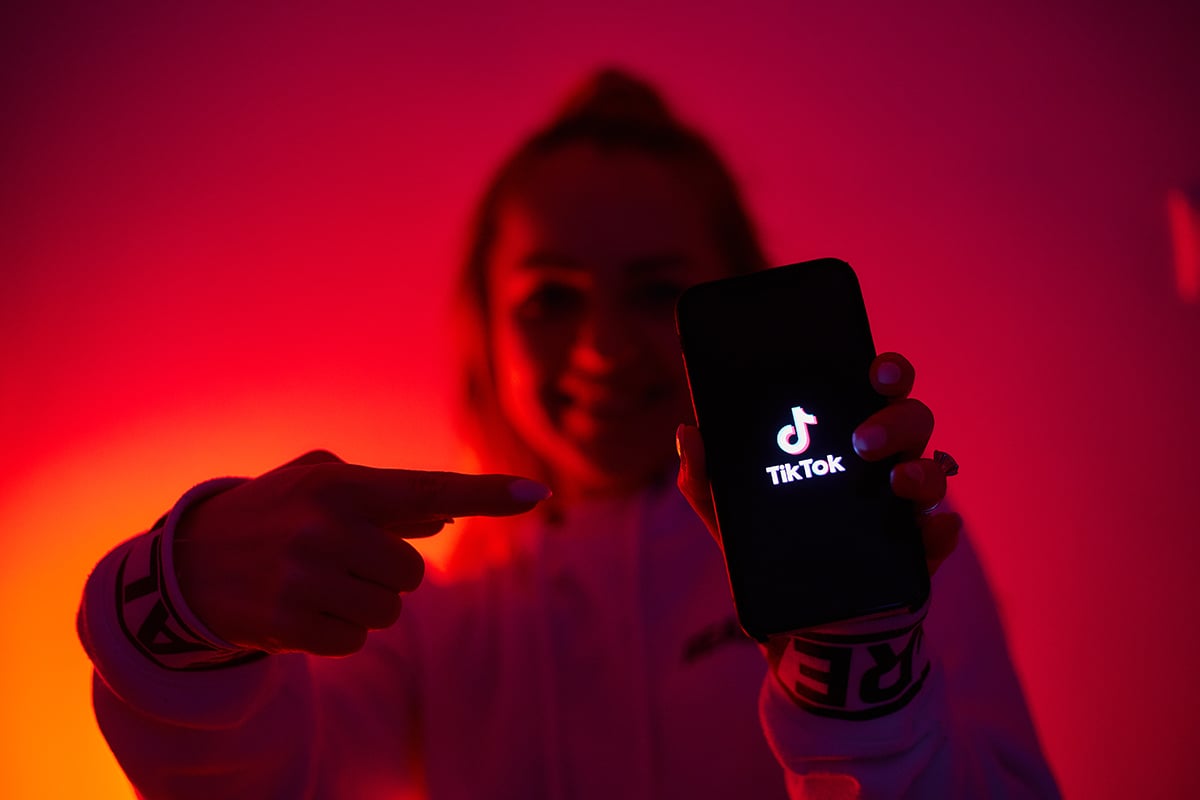Recent court documents have revealed that TikTok’s attempts to curb teenage screen time have fallen short of expectations. Internal company records, obtained by Kentucky Public Radio (KPR) and NPR, highlight that the social media giant’s screen-time management tools have had little effect in reducing usage among young users. The findings raise significant concerns about TikTok’s role in influencing mental health issues in teens.
TikTok’s tool was initially introduced to address growing concerns about excessive screen time among vulnerable users. The feature prompts users under 18 to enter a passcode after 60 minutes of use, aiming to encourage healthier usage habits. However, internal analysis shows that this intervention only resulted in a meager 1.5-minute reduction in average daily screen time. According to a lawsuit filed by 14 state attorneys general, the company made no further efforts to enhance the effectiveness of the feature.
Public Relations vs. Meaningful Change
Documents reveal that TikTok’s real goal for implementing the screen-time tool was to generate positive media coverage, rather than significantly reduce app usage. Executives prioritized maintaining high daily active user (DAU) rates and increasing retention instead of focusing on meaningful ways to limit screen time.
TikTok also created content encouraging users to take breaks from the app. However, internal discussions suggest that these efforts were designed more to ease political pressure than to offer genuine solutions for curbing social media addiction.
Lawsuits Highlight App’s Addictive Design
These revelations come at a time when TikTok is facing multiple legal challenges. A coalition of 14 state attorneys general has filed lawsuits accusing the platform of intentionally incorporating addictive design features that harm teenagers. The lawsuit points to TikTok’s endless scrolling feed, late-night push notifications, and viral challenge videos as contributing factors to disrupted sleep and risky behaviors in young users.
The legal filings argue that these features encourage prolonged usage and reinforce unhealthy habits. As the company faces mounting scrutiny, the internal documents may complicate its legal defense, increasing public and governmental pressure for the platform to take responsibility for its impact on youth.
TikTok’s Response and Sealed Records
The internal documents were made public after the Kentucky Attorney General’s office mistakenly included them in a legal complaint against TikTok. A judge has since sealed the complaint, citing the need to protect sensitive commercial information and trade secrets.
TikTok denies the allegations, insisting that it prioritizes user safety. The platform points to its measures such as family pairing options, default screen-time limits, and stricter privacy settings for users under 16. TikTok has also stated that it will continue updating these features to protect its younger audience more effectively.
A Growing Push for Accountability
The release of these internal records has intensified debates over social media platforms’ accountability for the well-being of young users. With increasing legal and public pressure, TikTok must now navigate the challenge of balancing user engagement with safety initiatives.
As legal proceedings unfold, the outcome could set a new standard for how social media platforms address user protection, especially for minors. TikTok’s emphasis on user retention over meaningful safety measures raises questions about the true effectiveness of these safeguards. The coming months will reveal whether the platform can meet regulatory expectations while keeping its audience engaged.







